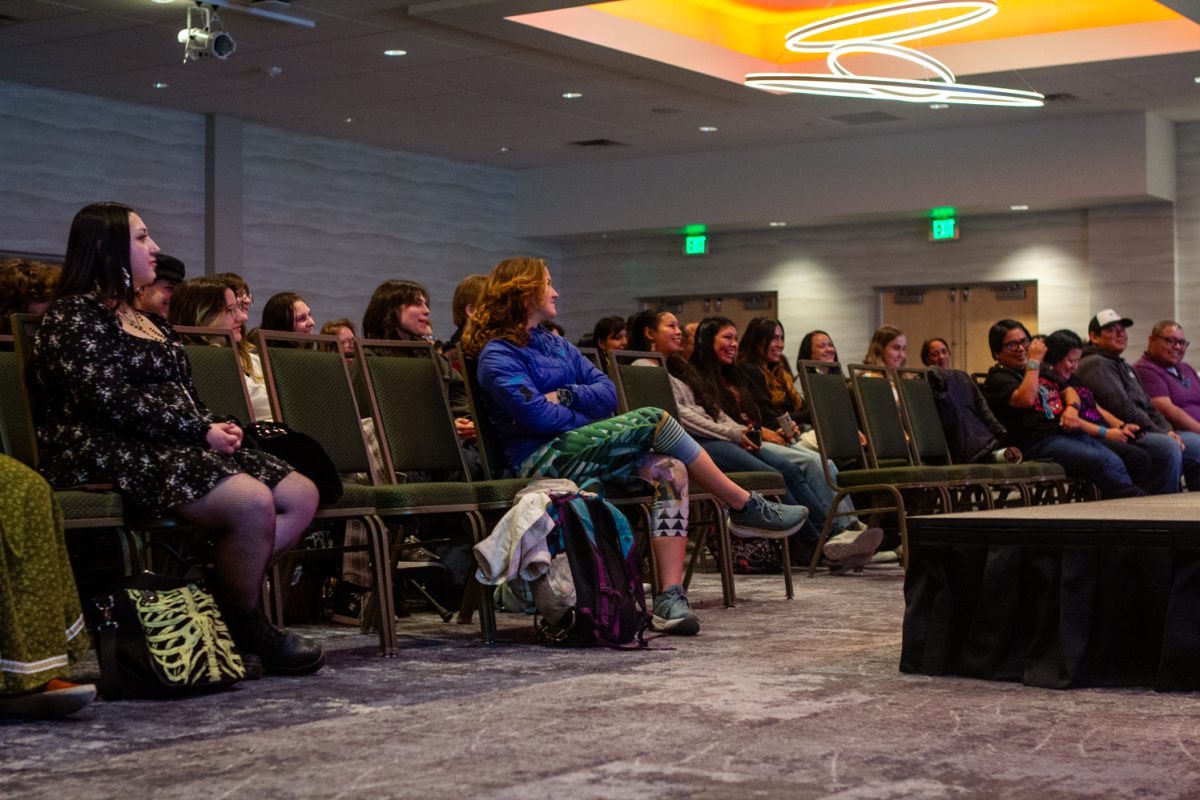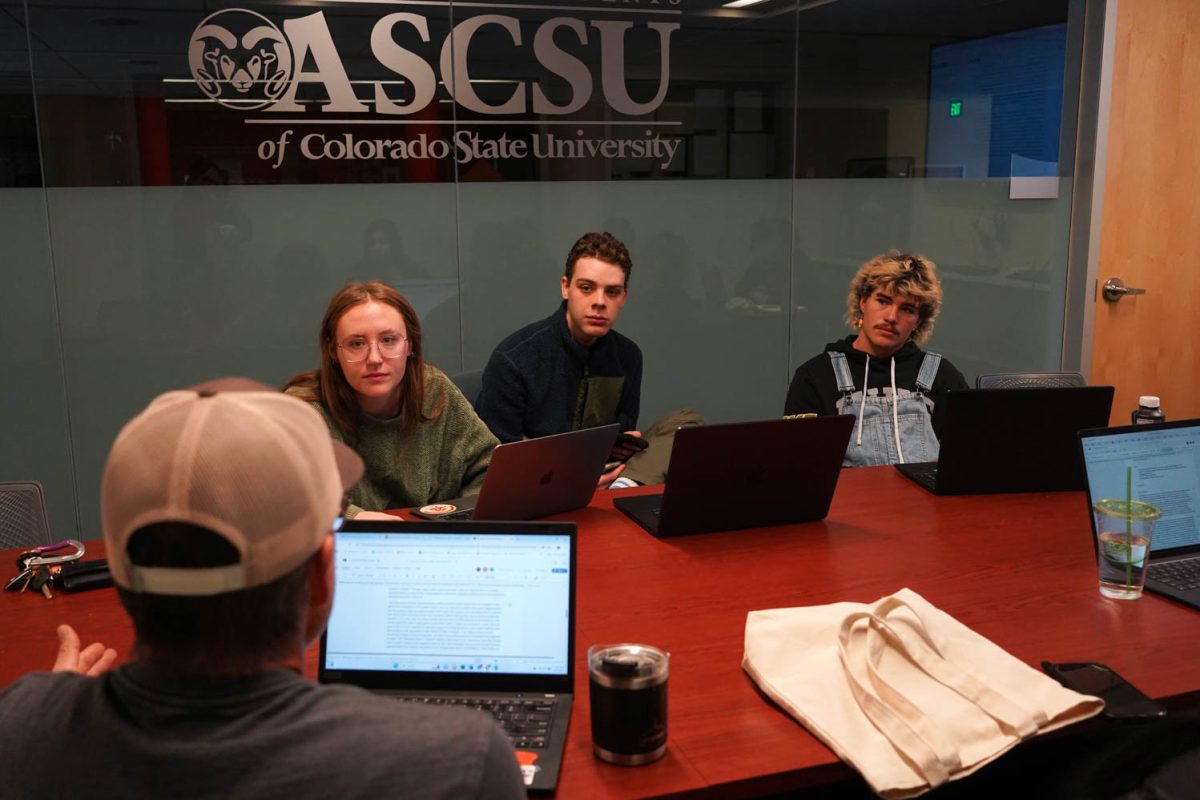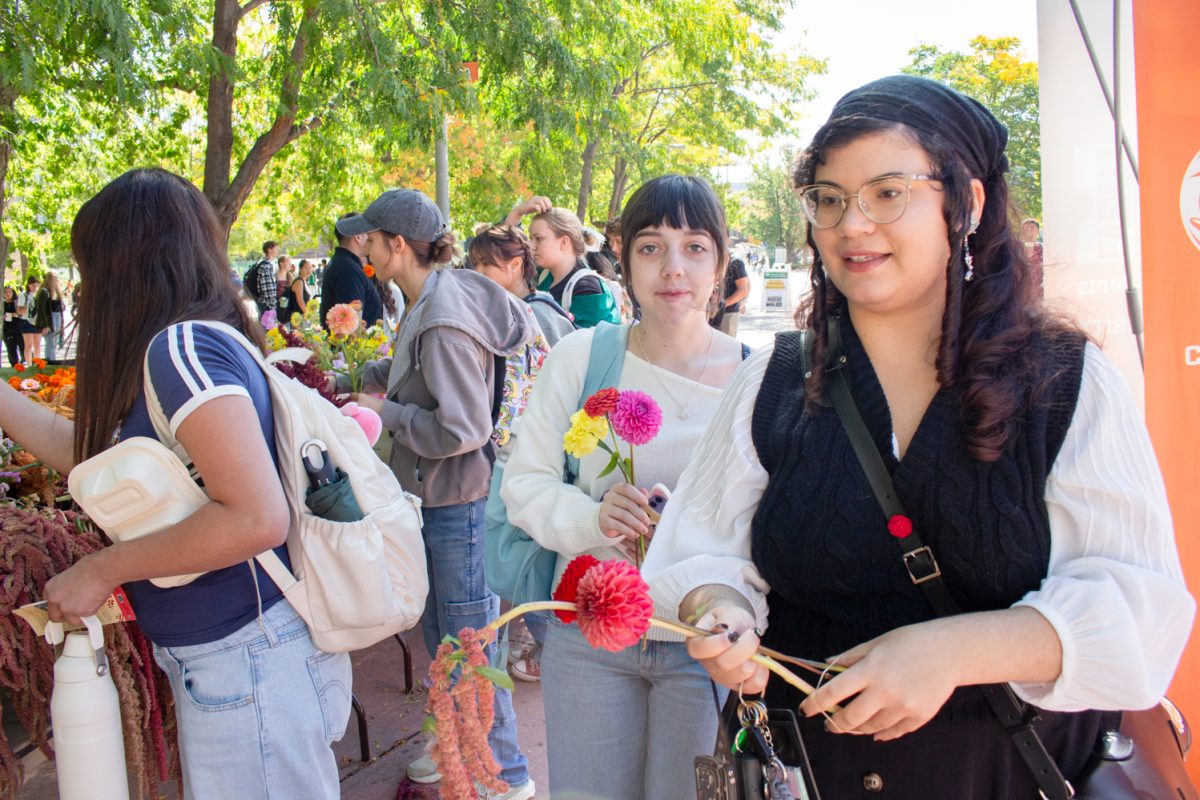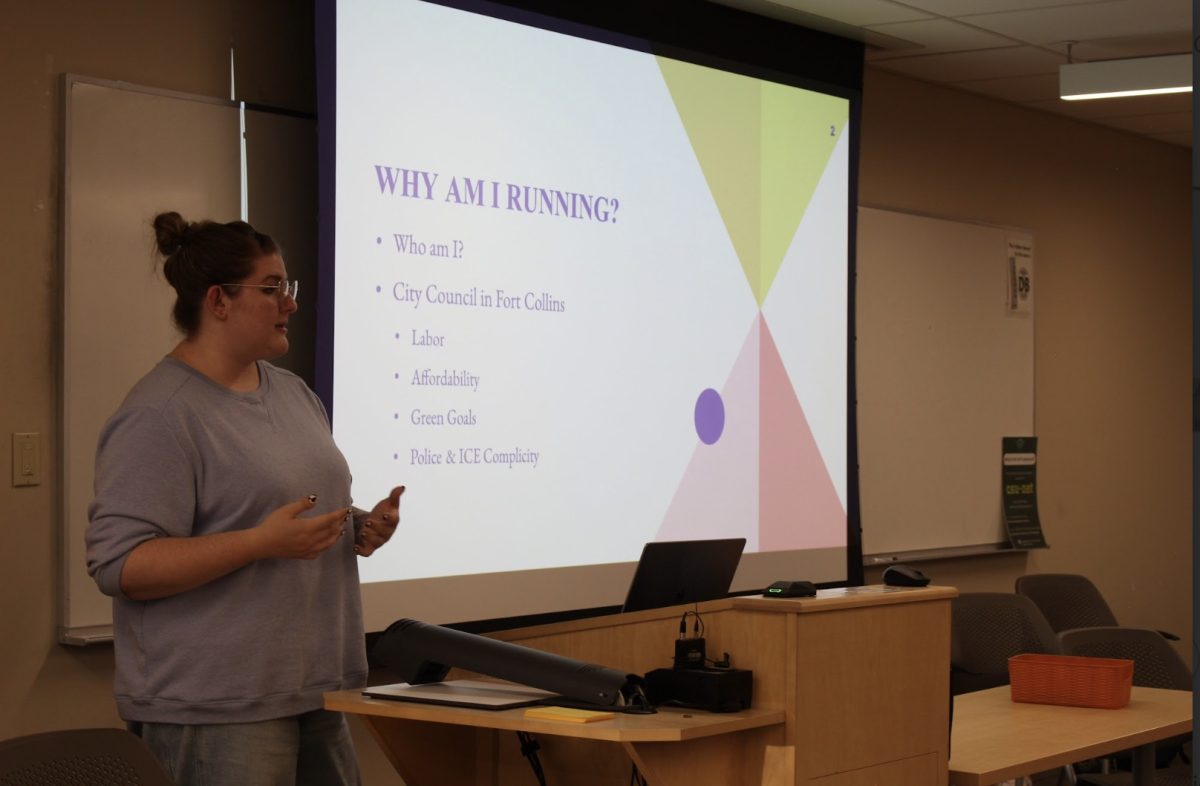Most young people’s sexual health education happens in K-12, but many of them aren’t taught enough to make informed decisions about safe sex.
The Health Network at Colorado State University provides a variety of sexual health resources to educate students about topics including forms of contraception, sexually transmitted infections and consent.
“Sometimes the topic is a little taboo, but it’s like anything else with our health; we want people to be educated,” said Gwen Sieving, manager of sexual health and outreach initiatives at the Health Network. “Most people could learn a whole lot more about sexual health.”
There is no national standard for what must be taught in K-12 sexual education, Sieving said, which means each student’s knowledge varies greatly. According to the National Conference of State Legislation, only 20 states require that information in sex education or HIV education classes must be “medically, factually or technically accurate.”
“I went to a public school in Texas and had abstinence-only education,” freshman Anna Dienstbier said. “I would say I mostly have questions about what defines safe sex and what to do if you haven’t had safe sex.”
One of the sexual health education resources provided through the Health Network is a peer education program called creating respect, educating wellness, for and by, students (CREWS). The program provides presentations for groups on campus; the presentations are run by students who go through a year-long training that covers sexual health, alcohol and tobacco.
They cover general sexual health education, consent and condom use, as well as resources on campus. In addition, they deliver complementary condoms on a weekly basis to student organizations who request them, with 36,000 “made available” last year, Sieving said.
However, most students who have questions about sexual health turn to asking their friends or the internet, both of which may or may not be qualified to give accurate information, Sieving said.
“If you’re going to look on the web, make sure it’s a credible source and you are thorough in looking at who’s funding this, what’s their background, all of those kinds of things,” Sieving said.
She suggests avoiding websites that start with .com in general, because they are likely trying to sell something. Instead, Sieving recommends looking for a .org or .gov site, like those on the Health Network’s website.
STI fast facts:
Just because you don’t show symptoms doesn’t mean you aren’t infected. Sieving suggests still getting tested.
Get tested after every sexual partner.
Most STIs are treatable. However, repeated treatments can cause other complications, like lower fertility rates in those who have been treated for chlamydia repeatedly.
For condoms to effectively protect from STIs, you must “use them 100 percent of the time with 100 percent of the people.”
For students with specific questions about their own sexual health, like what kind of contraception would be best for them personally, Sieving says there are a number of resources available through the providers at the Health Network.
The goal of the Sexual Health Initiative is to provide accurate, reliable and accessible information to students so they can make informed decisions and “don’t feel like they don’t have all the information,” Sieving said.
“For some students, if abstinence is what they choose, they should feel supported and confident in that choice,” Sieving said. “If they choose to be sexually active, fine, and this is how to stay protected and be safe, and those people you’re possibly having interactions with are safe as well.”
Ravyn Cullor can be reached at news@collegian.com or on Twitter @RCullor99.











